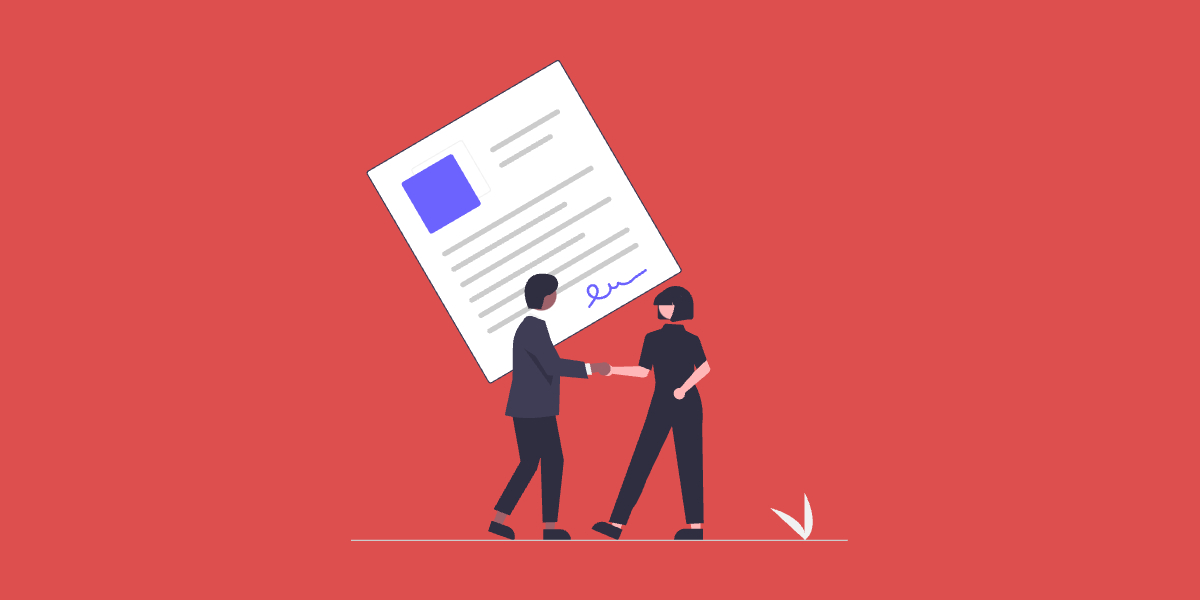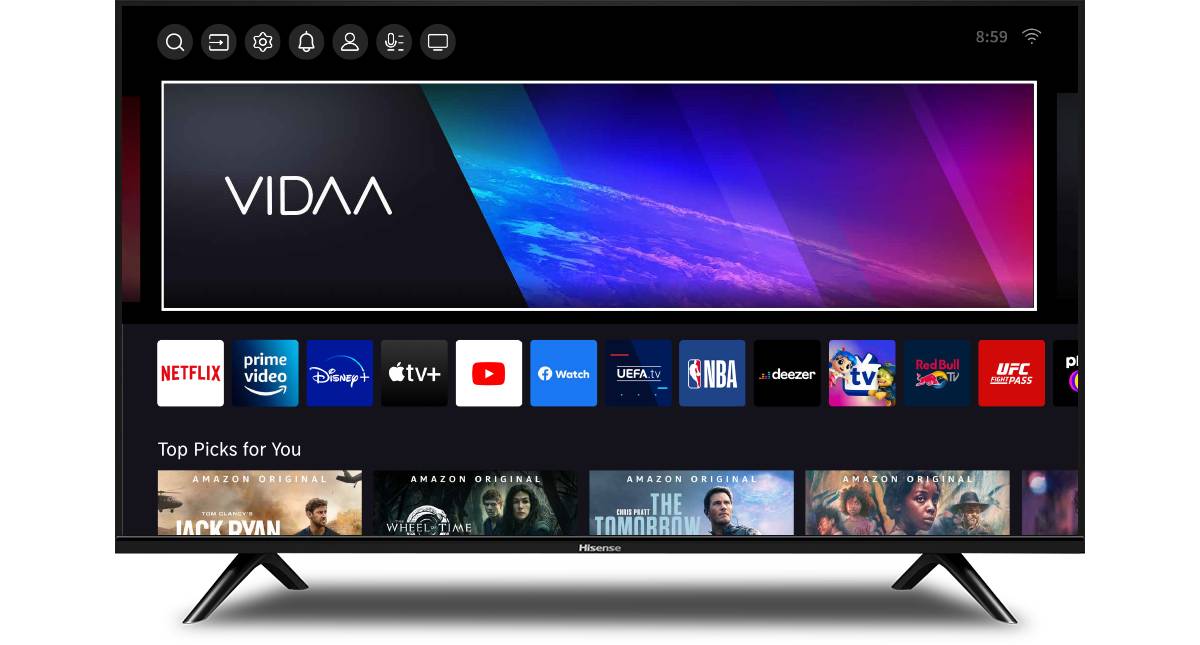Perhaps one of the hardest products to sell in ad tech is the publisher ad server. Few products are as deeply entrenched in the digital advertising ecosystem as Google’s hugely successful Google Ad Manager product. Here we spoke to some of the companies about the challenges they face in persuading publishers to switch stacks.
The ad server is the engine on which a publisher’s monetisation strategy is built, and so it follows that the choice of ad server is an important strategic decision. And yet it’s relatively rare to see publishers decide to switch ad servers.
This might be because publishers have tended to see the ad server as a utility, with most publisher ad servers seen as fairly interchangeable, and Google’s DoubleClick for Publishers (DFP, now known as Google Ad Manager) being viewed as the obvious option to go for. “Ten years ago the ad server was seen as very bland and mundane, and a bit of a hygiene factor in your stack,” said Nigel Gilbert, chief market strategist EMEA at AppNexus, a Xandr Company.
But Gilbert says this perception has changed. “Now people are realising it’s critical in terms of what it does, and what it doesn’t do,” he said. “It’s actually probably one of the most important decisions that you could take as a business.”
Even if we are starting to reach a point where the role of the ad server is more appreciated, at this point many of those working with the likes of Google might not see the need to change. Michael Nevins, CMO at Smart Ad Server, explained that for many, Google Ad Manager represents the safe option. “Early in my career, people used to say ‘nobody ever got fired for hiring IBM’, because IBM was the de facto choice when it came to certain products. And I think we’re in a similar period now, where perhaps nobody ever got fired for working with Google as their tech stack,” he said.
‘Like Switching Planes Mid-Flight’
But occasionally there are strong incentives to change from one platform to another. The publisher-side ad server is not just a utility any more – the choice of ad server dictates the publisher’s control over things like targeting, reporting and forecasting for their inventory, and different ad servers will have different levels of transparency. Some allow publishers to make tactical decisions that others don’t.
German publisher Axel Springer for example, which switched to AppNexus’ ad server back in 2017, was looking for specific capabilities from its ad server. The publisher wanted to allow its various programmatic and direct demand sources to compete with one another on even footing, which it said wasn’t possible under its previous ad server DFP.
And changes within a publisher’s current ad server may lead to a switch. Several publishers for example were riled up last year by Google’s announcement that partnered publishers would be responsible for collecting consent on its behalf under the EU’s General Data Protection Regulation (GDPR).
Yet despite these things, it’s still relatively rare for publishers to migrate ad servers – even if publishers were peeved by Google’s stance on GDPR, few if any cut themselves off from Google’s ad tech stack.
This is due, in part at least, to the fact that switching ad server undoubtedly requires a lot of manual work.
“If you consider all of the rules, properties, pricing and tags that have been put on the publisher’s web pages, and the inventory on all of those pages, which can be hundreds of thousands or hundreds of millions of pages, then you start to see that actually you’ve got a very very complex set of rules that goes very deep,” said Gilbert. “It’s all the way through your website and all the way through your inventory. And what we’re saying is rip all of that out and start again”.
And all this manual work needs to be done without compromising the publisher’s revenue. “We have to make sure when they’ve switched over that revenue streams for all channels are maintained,” said Nevins. “So that means making sure the RTB [real-time bidding], header bidding, direct – whatever channels they have going – are maintained and don’t have any sort of dip because of the changes we’re making”.
Nevins also said that they have to make sure all the functionality available on the old platform works on the new one, and migrate current campaigns as well, which involves “checking the tags, the data, moving deals over, setting up floor prices, creating special templates etc.”
Not all publishers will necessarily be well equipped for this. “If you’re going to move ad servers, you’re going to need people to be dedicated to that project, and naturally most companies don’t have spare capacity in their workforce,” said Gilbert. And even those which do have a dedicated team might require a bit of retraining, especially if they’re migrating away from Google. “Because DFP has been so entrenched, let’s say for coming on to twenty years now, you’ll find that for a lot of campaign management or ad ops teams, it’s actually all they know.”
Fears of Compromised Demand
There’s undoubtedly a lot of heavy lifting involved – Nevins described the process as “a bit like switching planes while you’re flying” – but that’s not to say it’s an unmanageable task.
Carsten Schwecke, MD of Axel Springer’s sales house Media Impact, said that while publishers might find the transition intimidating, the process hadn’t been too burdensome for his company. “Our speedy implementation is proof that migrating ad servers isn’t something to be afraid of – so long as you have the right technology partners at your side,” he said.
But the manual effort of changing ad server might not be the only concern. When it comes to migrating away from a larger player like DFP, publishers might be concerned about losing out from Google’s demand sources.
“I think the biggest concern that publishers across the board have with switching is the misperception that they’ll lose revenue coming from Google. So it’s the perceived loss of demand that feels like the biggest risk to them,” said Nevins. “But the truth is that AdSense and AdWords are generally low CPM demand for publishers anyway, and at least when they’re working with us, AdX can remain as a backbone”.
This isn’t necessarily only a worry for those working with Google. “It’s a very market specific feeling, because of course it depends naturally on what the balance of demand is within your market,” said Gilbert. “If it is quite skewed towards certain partners, then of course that’s going to be challenging if you move away from that partner.”
But Gilbert agreed with Nevins that some publishers overestimate this danger. “If things are managed correctly, you shouldn’t see any compromise in your demand,” he said. But where publishers don’t properly understand their demand sources or have a clear strategy in mind, things can be more problematic.
What Can Publishers Do?
Indeed, Gilbert said that the publisher having a clear commercial strategy is key to making the process as smooth as possible. “The complicated part is when you speak to publishers that don’t actually know how to value their inventory, who their biggest clients are, how they want to manage yield across different channels… that’s really where the challenge is,” he said.
Nevins meanwhile said that publisher must be prepared to work closely with their tech partner, and to communicate clearly. In his experience, the process is smoothest when there’s a strong project plan, communication is clear, and there are well defined rules of responsibility between the two partners.






